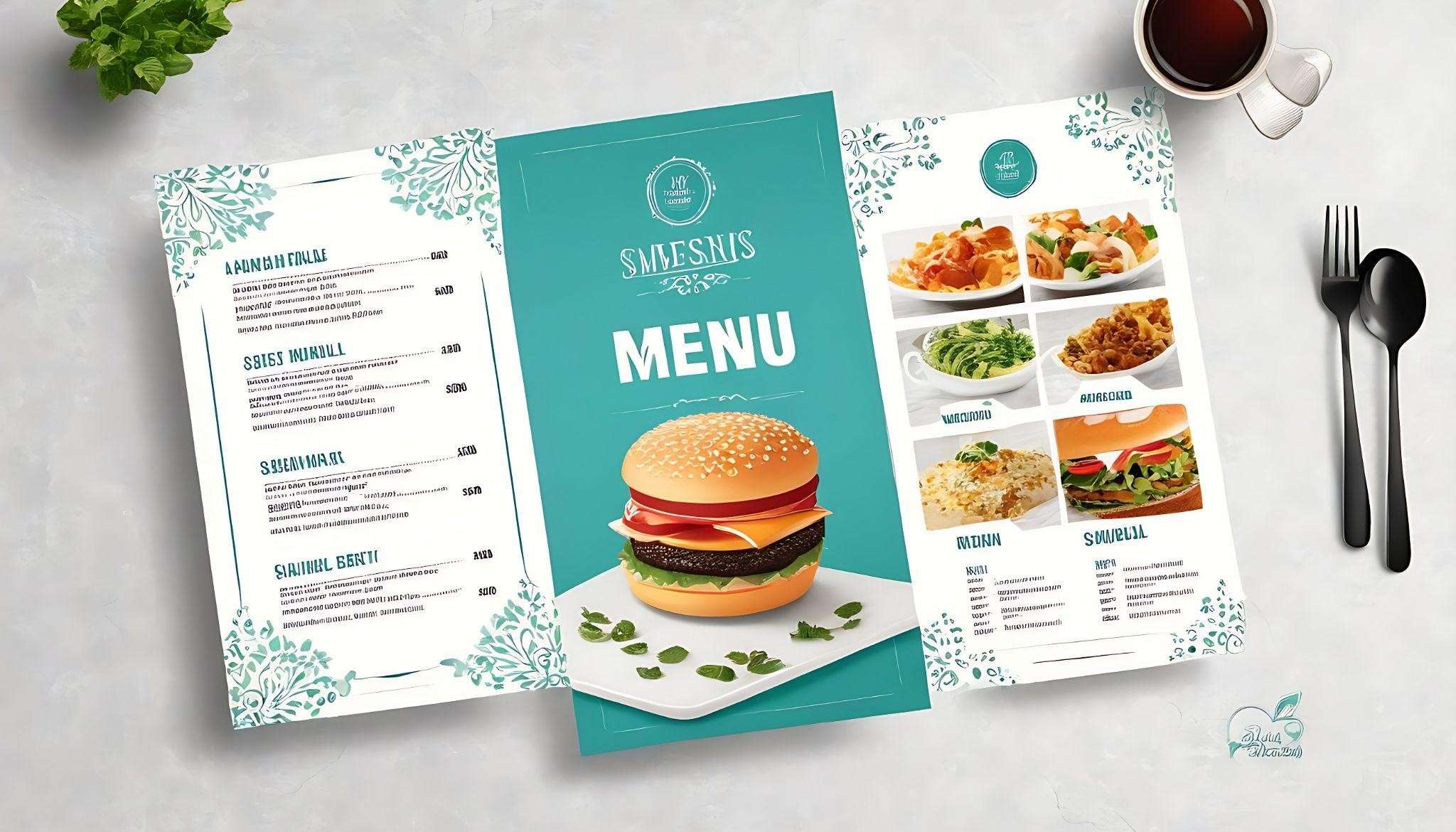In the competitive landscape of the culinary world, where every restaurant strives to stand out, a memorable menu design is a crucial element in leaving a lasting impression on customers. Beyond merely listing dishes, a well-crafted menu serves as a visual and sensory extension of your brand. In this comprehensive guide, we’ll delve into the intricacies of menu design, providing actionable tips to help you not only create an enticing menu but also elevate your restaurant’s online presence. Whether you’re looking to revamp an existing menu or make a menu from scratch, our insights will guide you towards a design that captivates your audience and boosts your restaurant’s overall appeal.
Understanding the Importance of Menu Design
- Establishing Brand Identity
Your menu is more than a list of dishes; it’s a reflection of your restaurant’s identity. The design should harmonize with your brand, incorporating colors, fonts, and imagery that align with your overall aesthetic. A consistent brand presence extends beyond the physical menu, making its way into online platforms and social media.
- Enhancing User Experience
A well-organized menu simplifies the decision-making process for customers. Use clear headings, categorize dishes logically, and consider incorporating visuals to highlight signature items. A streamlined user experience in your restaurant can translate into positive online reviews, further boosting your digital presence.
Crafting an Engaging Menu Design
1. Visual Appeal Matters
Invest in high-quality, appetizing images of your dishes. Visual stimuli play a significant role in enticing customers. Ensure that the images are consistent with your brand and evoke the desired emotions.
2. Typography Sets the Tone
Carefully choose fonts that resonate with your brand personality. Bold, easy-to-read fonts for headings, paired with elegant fonts for descriptions, strike a balance between clarity and style. Consistency in typography across your online platforms is key for brand cohesion.
3. Strategic Use of Colors
Colors evoke emotions and influence perceptions. Understand the psychology behind colors and choose a palette that aligns with your restaurant’s ambiance. Consistent color usage on your website and social media reinforces brand recognition.
4. Highlighting Signature Dishes
Create a dedicated section for your star dishes. Whether it’s a chef’s special or a customer favorite, showcasing these items draws attention and encourages patrons to explore beyond their usual choices.
5. Incorporating Storytelling
Every dish has a story. Share the inspiration, ingredients, or cultural significance behind your offerings. Engaging narratives can captivate your audience and make their dining experience more memorable.
6. Utilizing Limited-Time Offers
Create a sense of urgency by incorporating limited-time offers on your menu. Whether it’s a seasonal dish or a special promotion, time-sensitive deals can drive customer engagement and attract online attention.
7. Interactive Digital Menus
Explore the possibilities of interactive digital menus, especially in the era of touchscreens and QR codes. Integrating technology into your menu not only enhances the dining experience but also positions your restaurant as innovative and tech-savvy.
8. Integrating Social Media Feeds
Bring the vibrant energy of your social media platforms directly to your menu. Consider embedding live social media feeds or showcasing user-generated content related to your dishes. This not only adds a dynamic element but also encourages patrons to share their experiences online.
9. Customizing Menus for Dietary Preferences
Inclusivity is key in the modern culinary landscape. Provide options for various dietary preferences, such as vegetarian, vegan, or gluten-free. Highlighting these choices on your menu not only caters to a broader audience but also aligns with current food trends.
10. Gathering Customer Feedback
Encourage customer feedback through your menu. Add QR codes that link to online surveys or review platforms. Positive reviews contribute to a favorable online reputation, influencing potential customers to search for dining options.
Conclusion
In the evolving landscape of the restaurant industry, a memorable menu design serves as a powerful tool for establishing brand identity, enhancing user experience, and optimizing online visibility. By incorporating the aforementioned tips, you not only create an appealing physical menu but also boost your restaurant’s digital presence, outranking competitors in the competitive online space.

As the editor of the blog, She curate insightful content that sparks curiosity and fosters learning. With a passion for storytelling and a keen eye for detail, she strive to bring diverse perspectives and engaging narratives to readers, ensuring every piece informs, inspires, and enriches.










